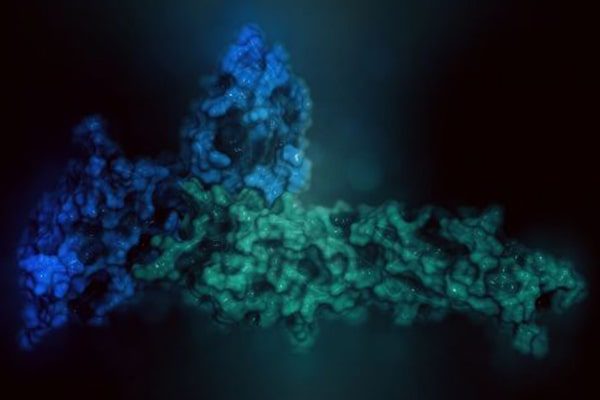Selecting a Fusion Protein for Mammalian Cell Expression
Proteos is an industry leader in the production of high-quality recombinant proteins for drug discovery research. Our transient mammalian cell expression system can be used to produce functional fusion proteins with extended in vivo half-life for use in pre-clinical proof of concept (POC) studies, through selection of an appropriate fusion partner.
Selecting an appropriate fusion partner
The increased half-lives of Fc and HSA fusions are attributed to their interaction with the receptor, FcRn. Fc and HSA have a high affinity for FcRn at acidic pH and low affinity at neutral pH, which allows them to escape lysosomal degradation and be recycled back into the bloodstream. To improve the in vivo stability, this dynamic interaction between Fc/HSA and FcRn must be maintained after conjugation to the protein of interest. In turn, the protein of interest must retain its mechanism of action after fusion to Fc/HSA to remain therapeutically relevant. In other words, the ideal fusion partner will improve the stability of the recombinant protein while maintaining its functionality.
Testing multiple constructs is the only way to determine if Fc or HSA best meets these criteria. Beyond the wild-type Fc and HSA proteins, engineered variants have been designed to further enhance their stability. Therefore, there are a multitude of possibilities available to select the optimal fusion protein for a drug discovery project.
Looking Forward
The next blog post regarding the use of fusion proteins in mammalian cell expression systems will focus on fusion protein placement. However, if you are currently considering a recombinant protein production project, contact us now for more information. We will guide you through the process and design a custom quotation that fits your specific project needs.


